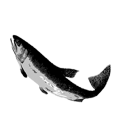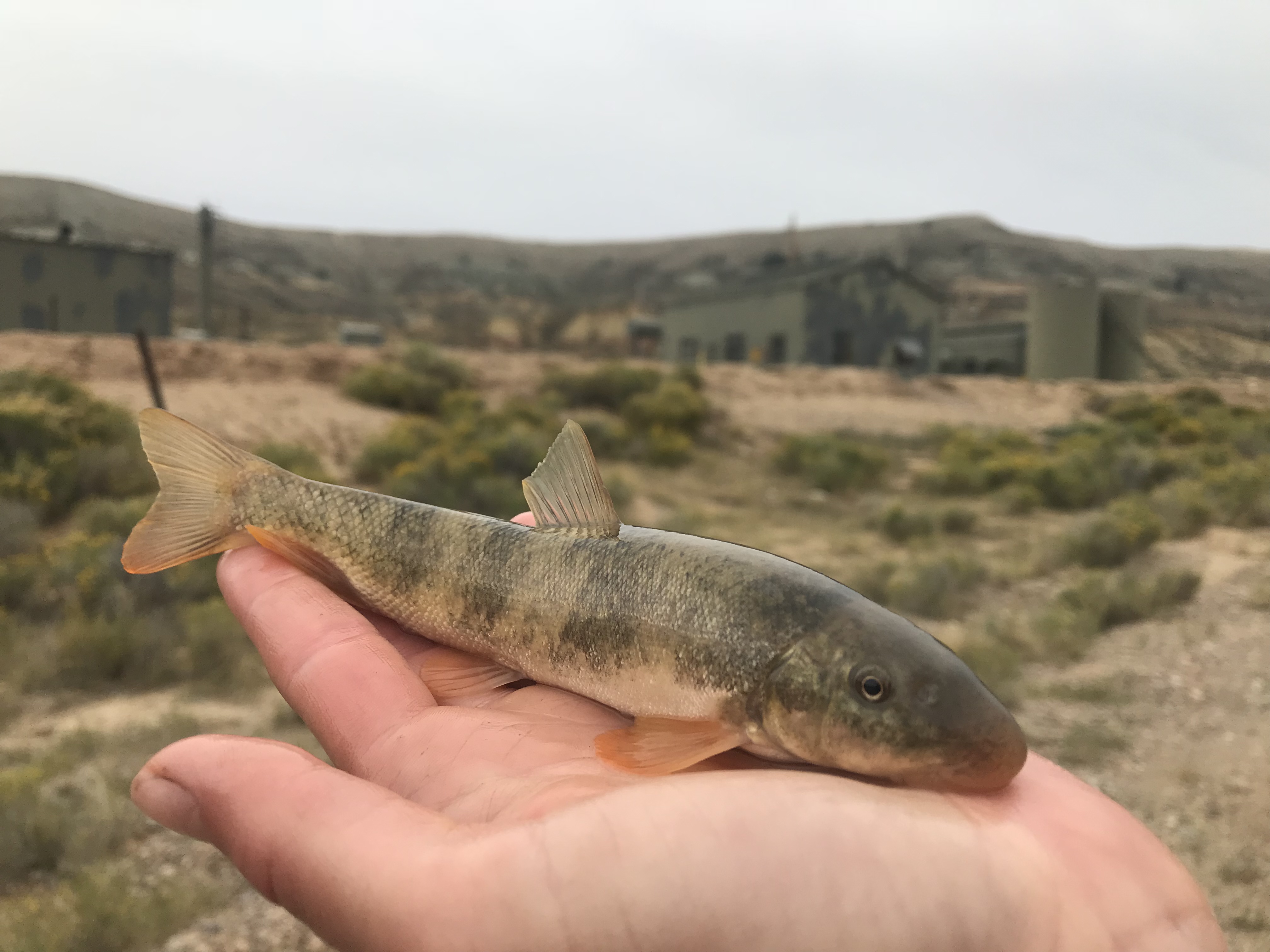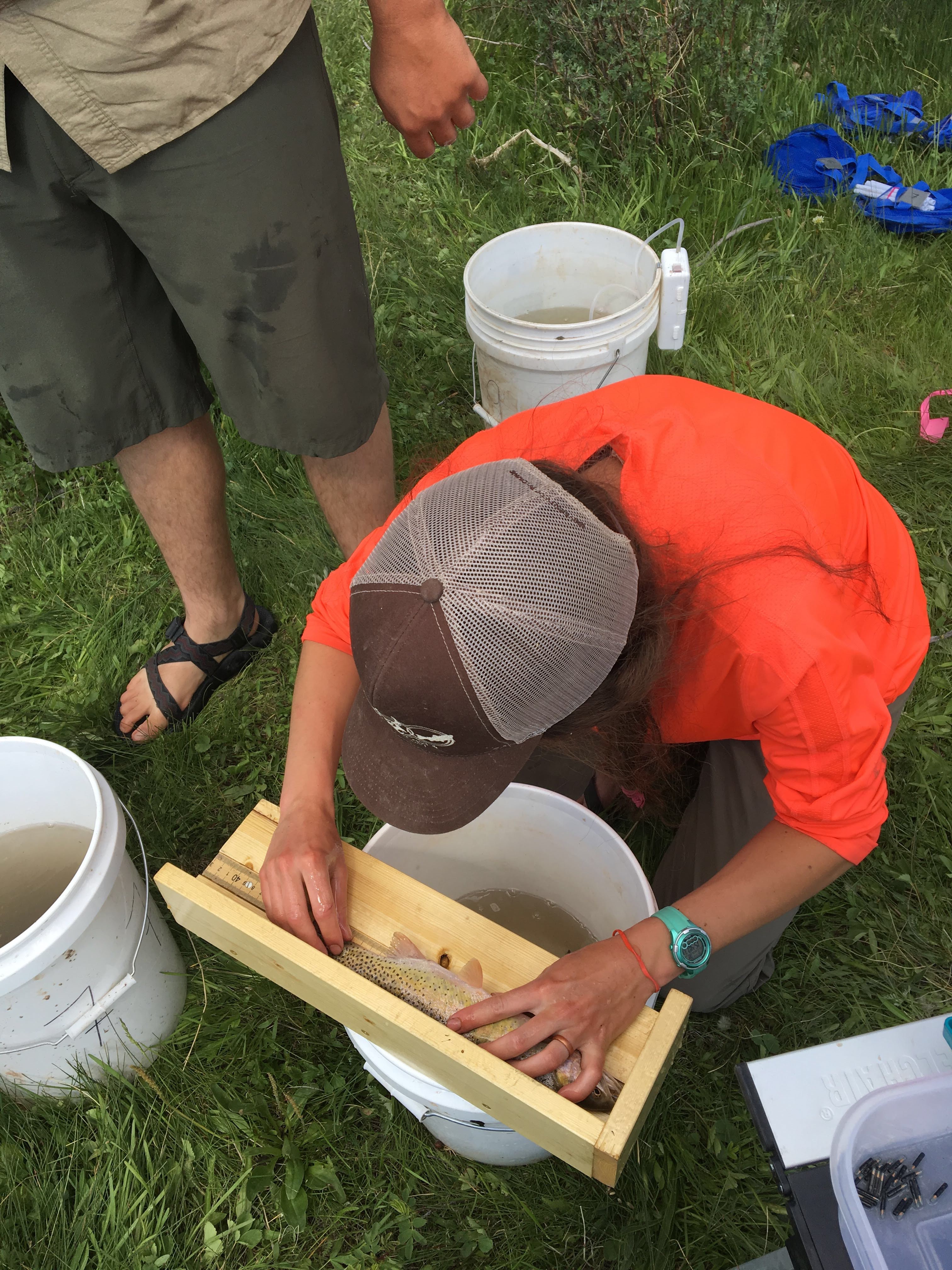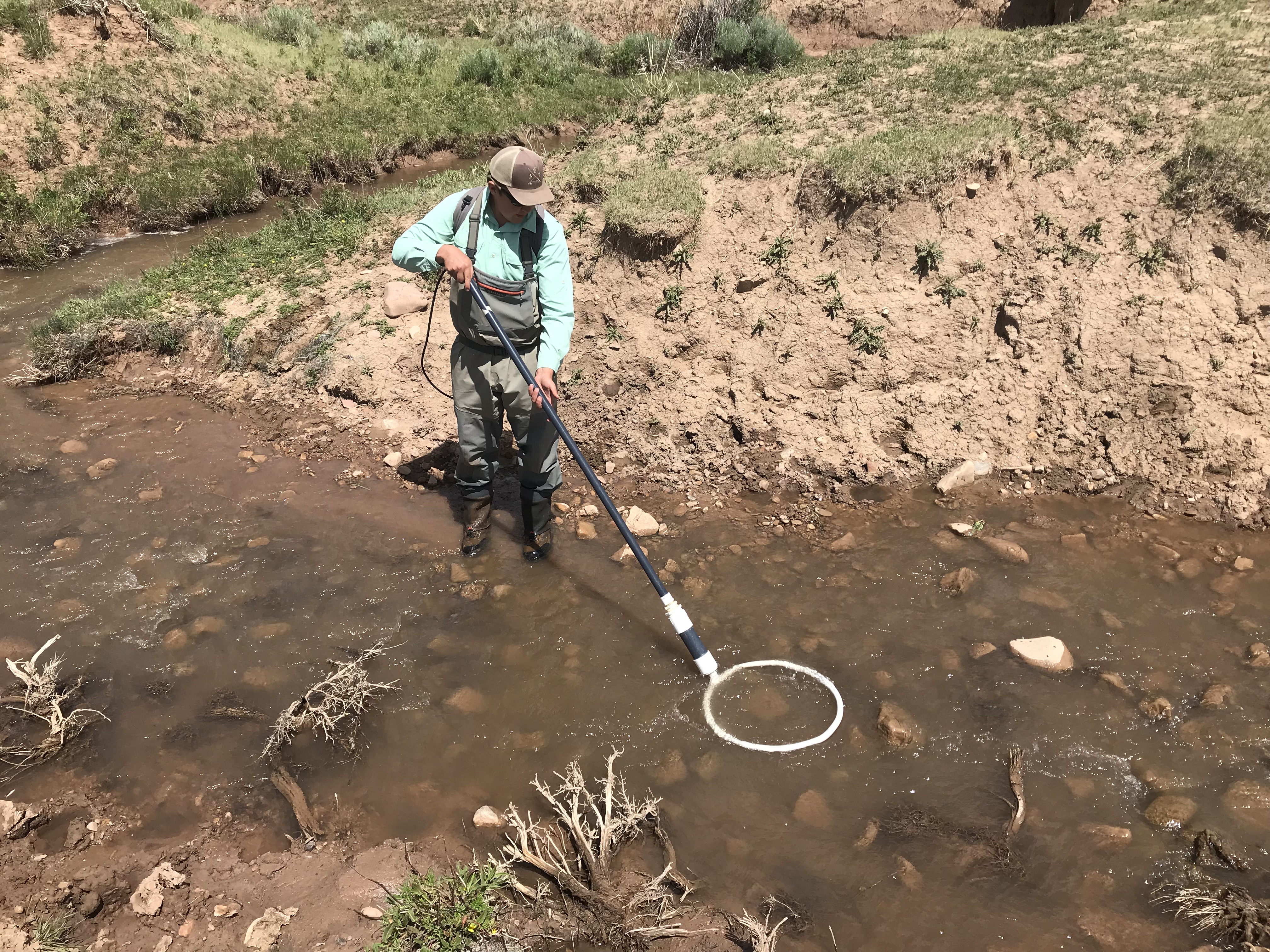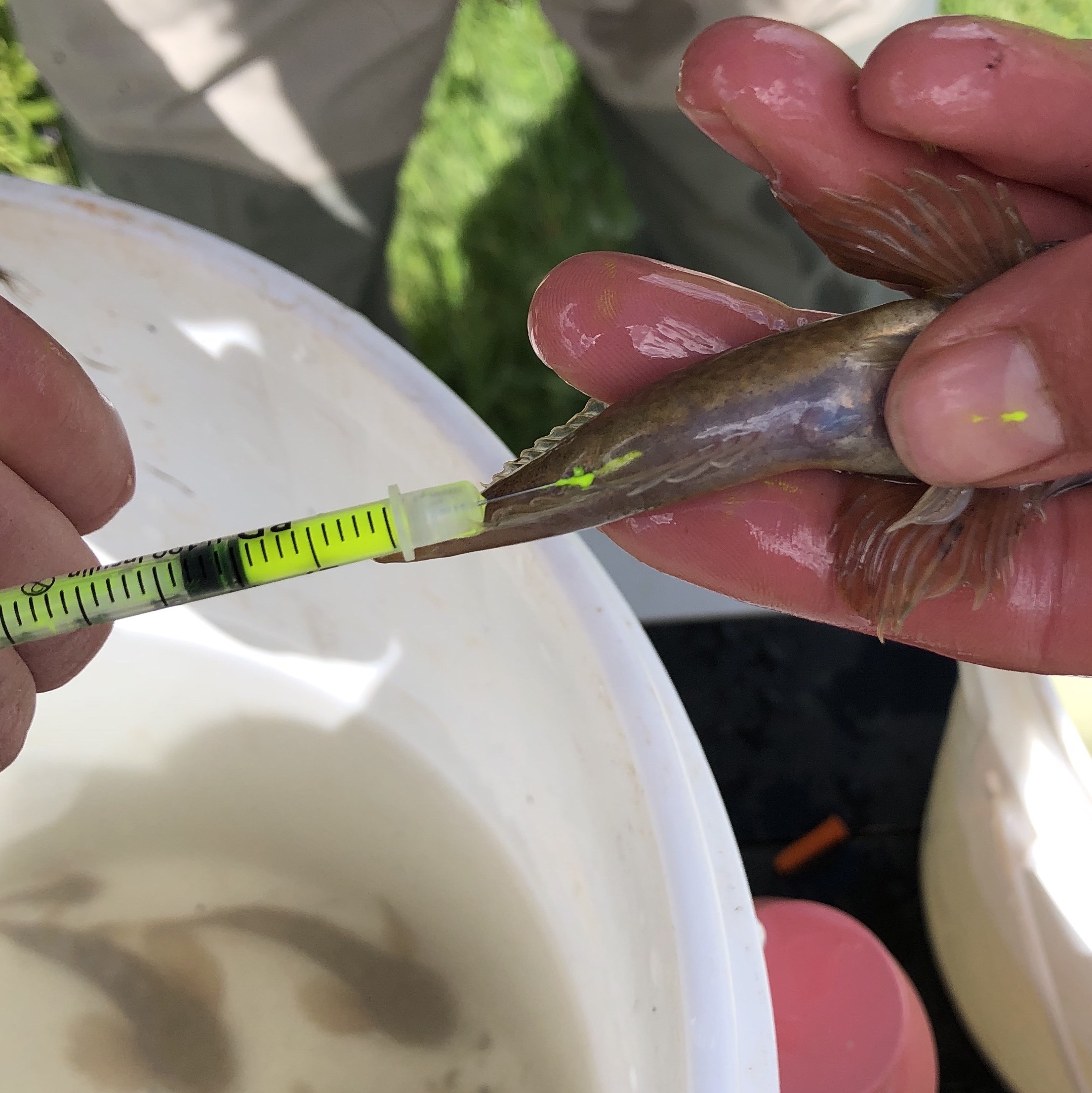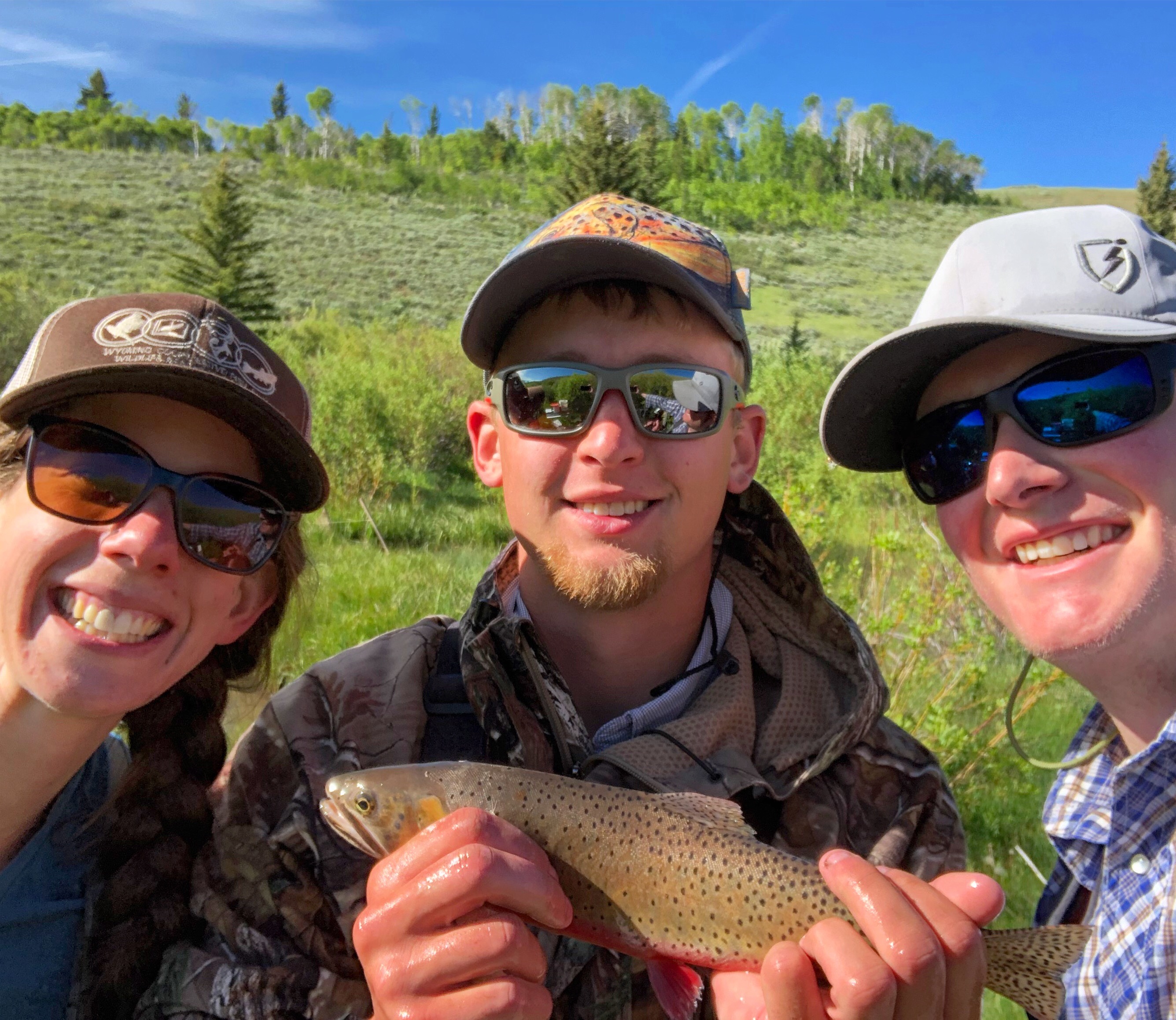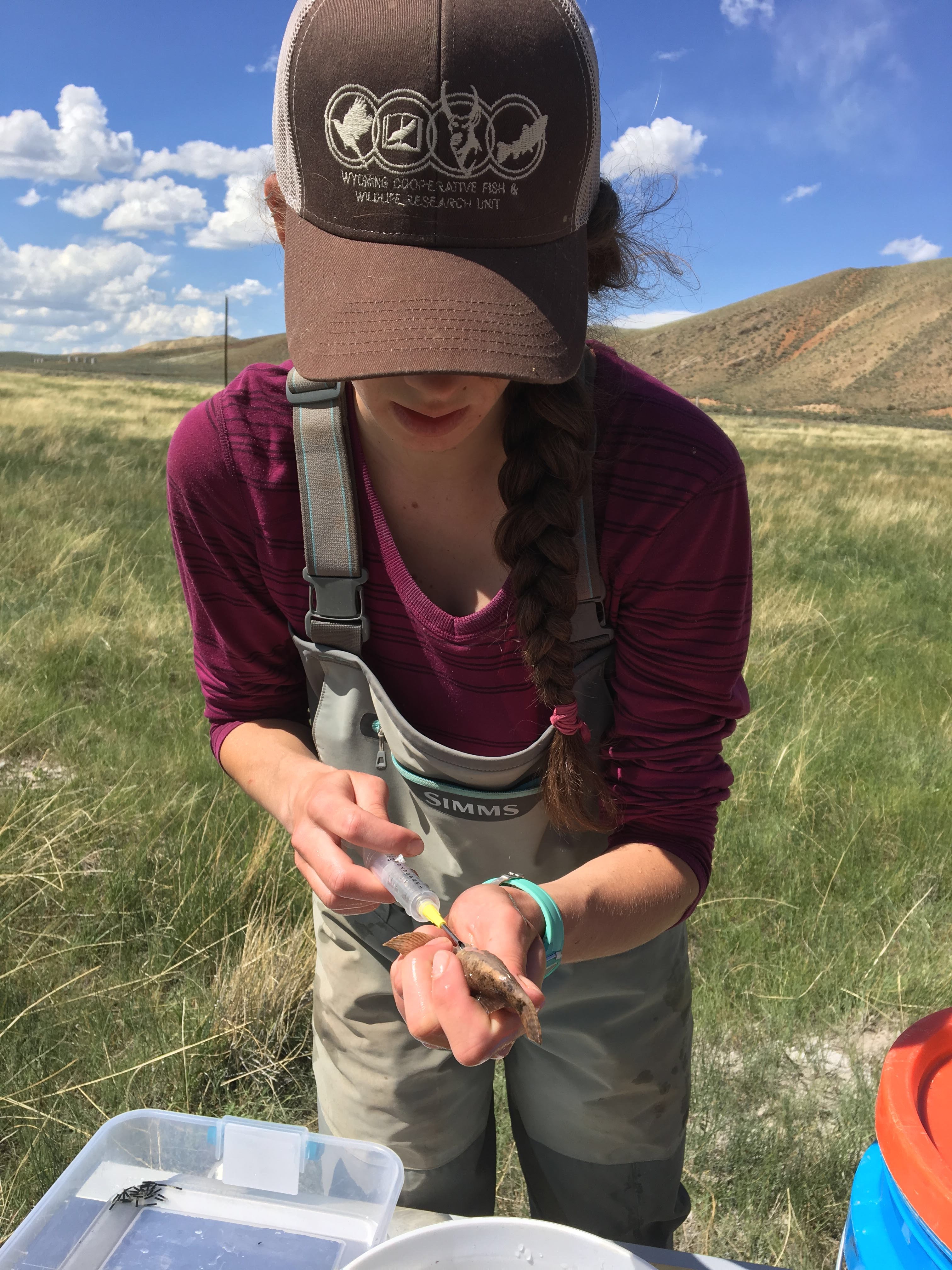Native fish populations in the Wyoming Range are heavily impacted by multiple stressors including oil and gas development, grazing, flow alteration, and climate change. Determining what drives native fish persistence in stressed ecosystems is crucial for native species conservation.
Fish with greater colonization rates are more likely to persist in stressed areas. Therefore, understanding factors that contribute to colonization is crucial for species conservation. Factors that affect colonization include: barriers, available refugia, abundance, and movement rates. Therefore, we propose to compare factors influencing colonization of mottled sculpin (Cottus bairdii) and mountain sucker (C. platyrhynchus) in the Wyoming Range.
Our objectives are to:
- Determine if mottled sculpin and mountain sucker are capable of colonizing sites post-disturbance
- Evaluate factors affecting colonization for both species
Contact
Samantha Alford , MS Student
Department of Zoology and Physiology
Wyoming Cooperative Fish & Wildlife Research Unit
Dept. 3166, 1000 E. University Avenue
Laramie, WY 82070
[email protected]
Annika Walters, Assistant Unit Leader
Fisheries / Assistant Professor
Wyoming Cooperative Fish & Wildlife Research Unit
Dept. 3166, 1000 E. University Avenue
Laramie, WY 82070
[email protected]
office: (307) 766 5473
Project Lead
Funding & Partners
Berry Graduate Student Fellowship
Wyoming Landscape Conservation Initiative


